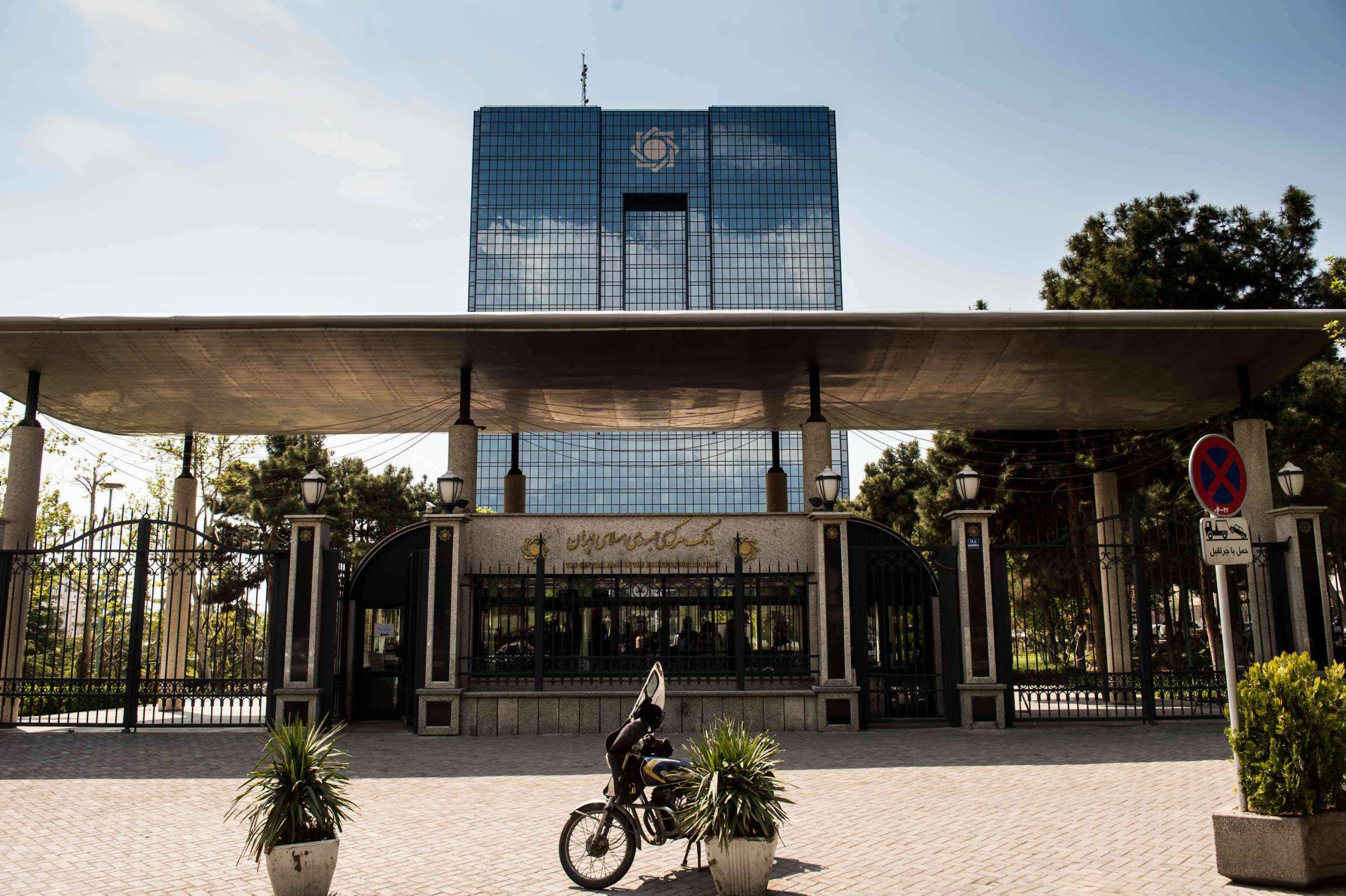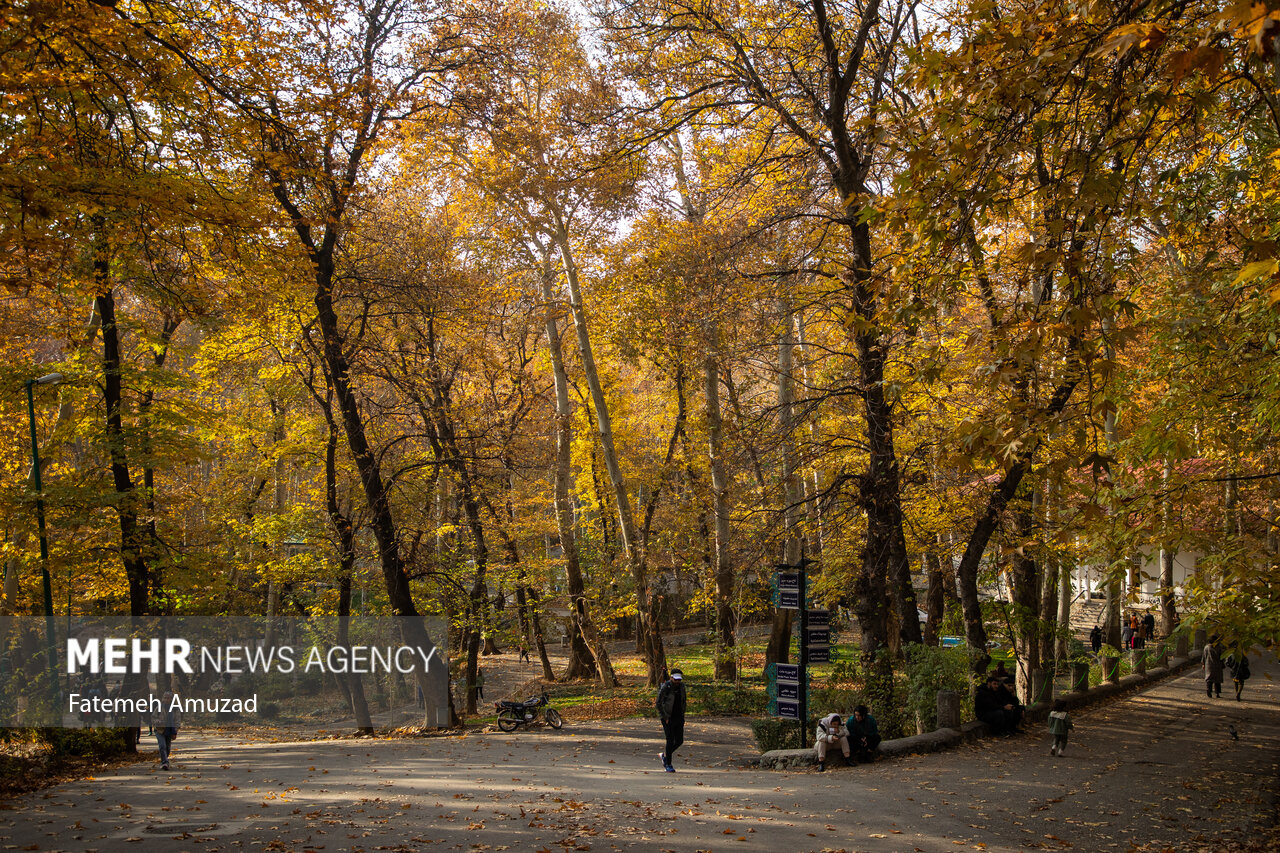ARTICLE AD BOX
SCIENTISTS are calling for more expert analysis of the mysterious Shroud of Turin amid swirling evidence it backs up the Bible story of Jesus’ crucifixion.
The origins of the linen cloth have been hotly debated, with many claiming it was used to wrap up Jesus in burial after he was crucified.
 The shroud features an imprint of a man people claim is Jesus
The shroud features an imprint of a man people claim is Jesus Studies have analysed samples for decades
Studies have analysed samples for decadesOthers rubbish that view, saying it was a result of medieval forgery – backed up by a 1988 UK study.
But a fresh review by researchers from France and Italy took another look at those findings, and have claimed there are discrepancies in the data that weren’t made public.
The shroud first shown to the public as far back as 1350.
The 1988 study deployed a technique called carbon dating, hoping to determine the true age of the cloth.
Researchers concluded – with “95 per cent confidence” – it was made sometime between 1260 and 1390 AD.
That would be many generations after the death of Christ, said to be 33 AD.
Universities of Arizona, Zurich and Oxford joined forces to analyse a corner of the fabric to find those results.
But independent French researcher Tristan Casabianca said the results between labs varied, claiming it casts doubt over the findings.
He told Mail a Zürich estimate said the cloth was up to 733 years old, but 595 years in the raw data.
Oxford’s sample was 730 and 795 years old, but it’s claimed raw data featured estimates that were off by up to 55 years.
Arizona’s pinned the linen at 591 and 701 years old, with a discrepancy of up to 59 years in their raw data, Casabianca claims.
Even accounting for discrepancies, the cloth is still placed in the Middle Ages.
Yet Casabianca insists this shines scepticism over the findings.
It’s led to calls for further investigation into the cloth, and comes after a Christian researcher claimed to find traces of blood on it – saying it backs up the story of Jesus’ bloody execution.
The story goes that Jesus copped nails punctured into his hands and feet as he was crucified to a cross.
Now Giulio Fanti, an engineer from the University of Padua, has reanalysed samples of the shroud taken from the 1970s, saying he discovered blood particles along with traces of material typical of ancient Jerusalem.
That suggests the cloth came from the region, says the professor, matching the New Testament tale that Jesus was crucified on the hills just outside the Jerusalem walls.
Independent experts were quick to point out the cloth could’ve been contaminated with blood at any point over the hundreds of years since it was first showed to the public in the 1350s.
But the study was nonetheless published in the peer-reviewed Archives of Hematology Case Reports and Reviews
Fanti says he found hemoglobin, the protein in red blood cells that carries oxygen, along with two different types of blood.
He claims his findings indicate the shroud was used on someone with wounds and gashes.
Fanti says this proves it wasn’t forged with paint, dye, ink or another technique.
 Bishops look over the cloth kept in Turin, hence its nameVINCENZO PINTO/AFP/Getty Images
Bishops look over the cloth kept in Turin, hence its nameVINCENZO PINTO/AFP/Getty Images Fanti says his blood samples prove the shroud isn’t a fake
Fanti says his blood samples prove the shroud isn’t a fake.png)
 3 months ago
5
3 months ago
5








 English (US)
English (US)